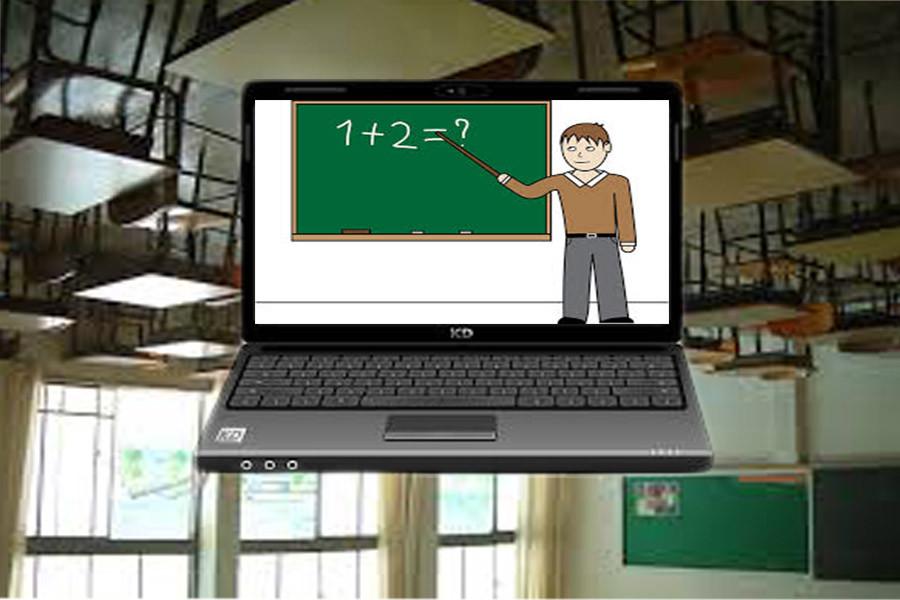The Flip Side of Flipped Classrooms
flipped classroom
October 26, 2015
More and more teachers every year are beginning to convert to flipped classrooms. Essentially, flipped classrooms are set up where the students have to learn the subject at home then come into class the next day with questions. Ideally, this method would provide a longer class period for students to practice the skill. However, the success of the flipped classroom depends on the discipline of the students to learn at home. Without the students’ participation, the flipped classroom will fail.
In 2007, two teachers named Jonathan Bergman and Aaron Sams originally created the flipped classroom method to help students who missed class that day still learn the lesson. The idea caught on and they were asked to speak around the country about this new way of teaching. A study showed that, “9 out of 10 teachers noticed a positive change in student engagement since flipping their classroom (up 80% from 2012).”
Mr. Elegante, one of the teachers here at Bob Jones, explained his reasoning for using the flipped classroom method. He said, “It makes more effective use of your time.”
Two of my teachers have used a flipped classroom and I have enjoyed both of the experiences. I found the assigned videos very helpful and I loved the fact that I could pause and replay the things that I found confusing.
However, other students such as a freshman, Claire Dieselberg, who has also experienced flipped classrooms, might think that, “It’s more difficult because you have to do the learning on your own.” This can be true due to students overwhelming extracurricular activities after school or computer issues. She also explains another side of the flipped classroom by saying, “It’s not all bad because it teaches you how to study and figure things out for yourself.”
Other students seem to agree. Aija Abele said, “I believe it can be effective if used correctly rather than a way out of teaching.”
Flipped classrooms provide the students with necessary studying skills that they will need in college, and it has become easier for teachers to use a flipped classroom because of online accessibility. Most students have access to a computer or some sort of device to watch the short videos assigned each week. However, technology does have its flaws and can become hard to use due to glitches. Overall the flipped classroom method has proven to be beneficial to students as well as teachers.


